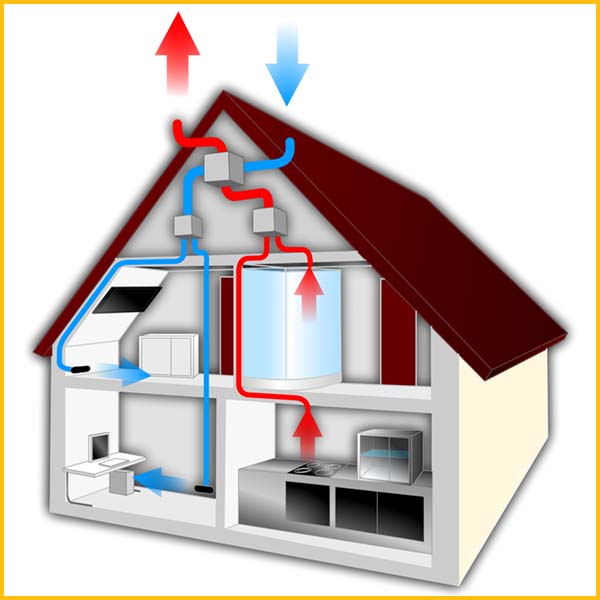ATTIC ROOF AND GABLE FANS
Add to the energy efficiency of your home.
Wire Wiz Electrician Services electricians install and service the electrical connections on attic roof and gable fans. We also hard-wire floor mounted attic fans that are placed on your attic floor just above the outside vents (seen on the outside of your home’s structure). Gable mounted fans are generally more expensive but last longer and require much less maintenance.






